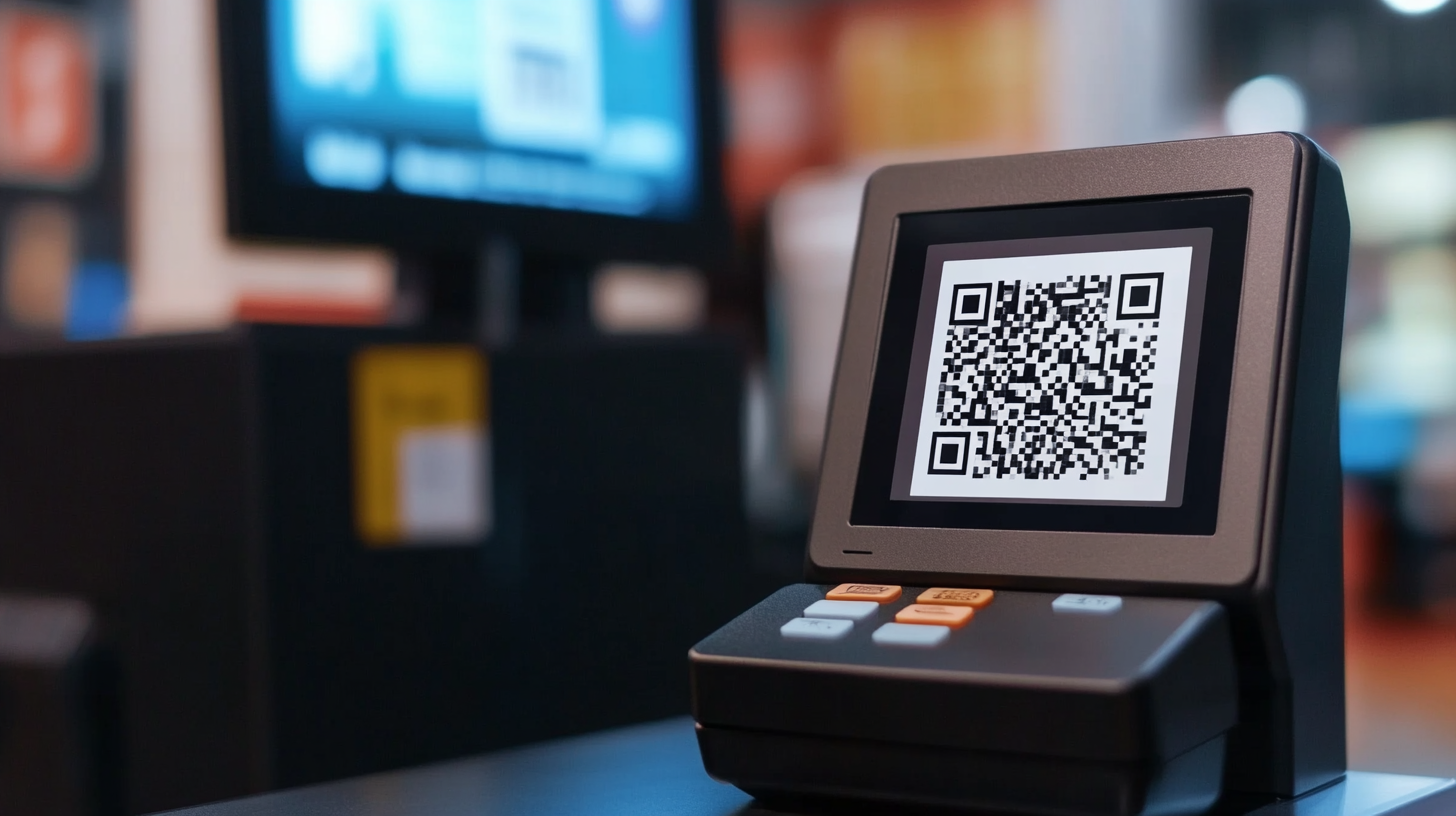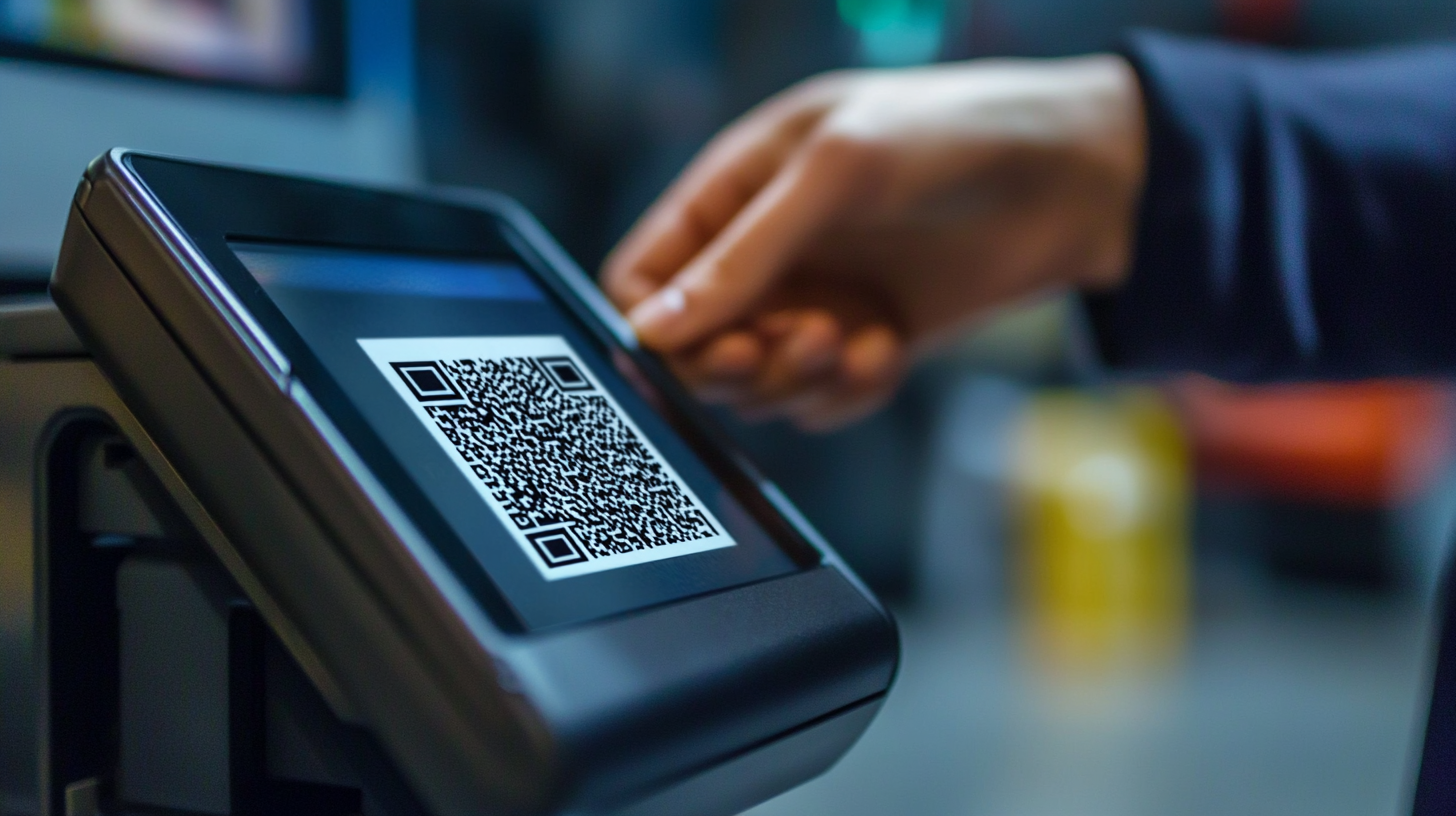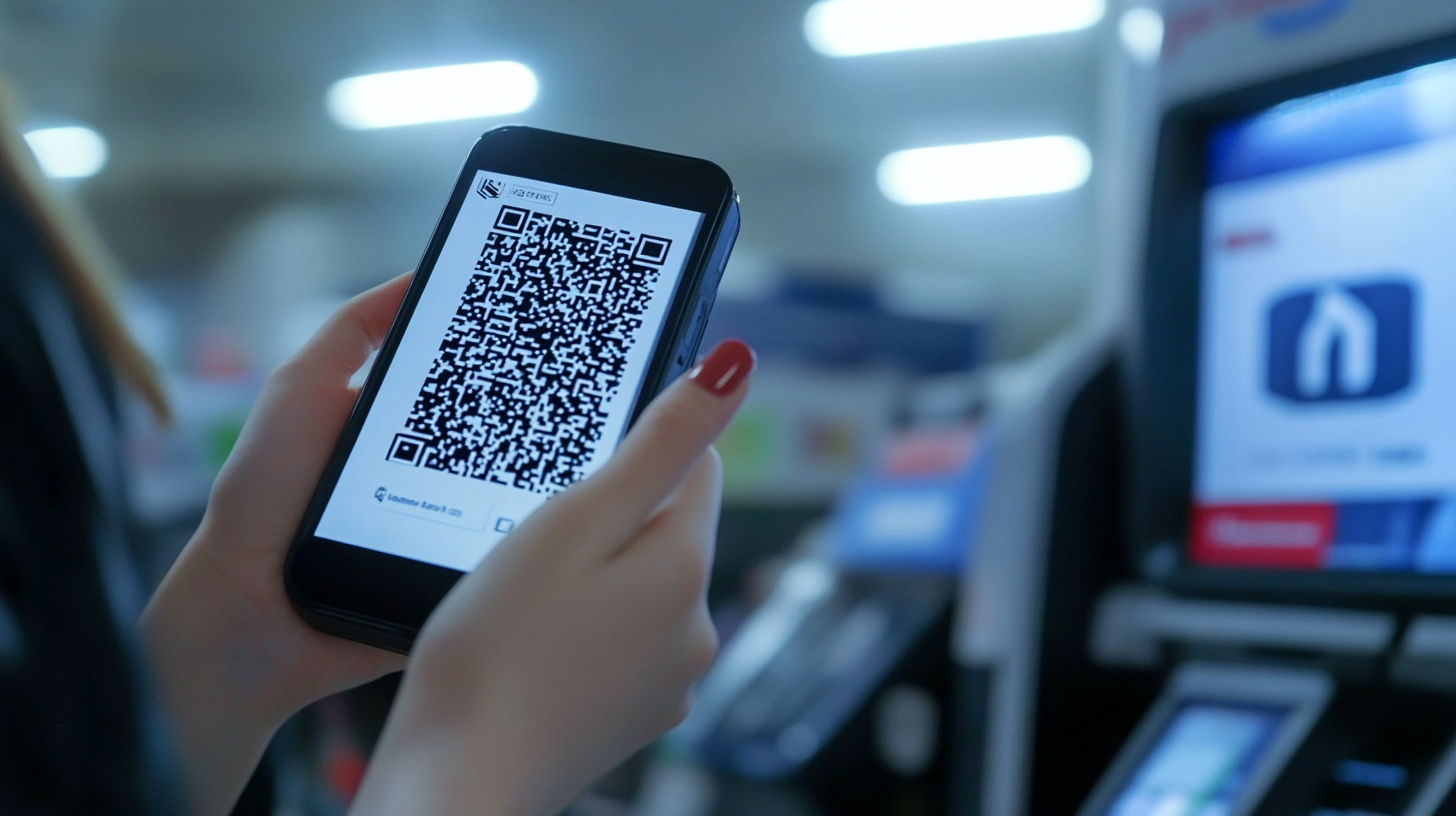How to Choose the Best QR Code Printer for Your Business Needs
In the fast-evolving business landscape of 2025, the significance of effective branding and streamlined operations cannot be overstated. Among the multitude of tools available, a quality QR Code printer has emerged as a vital asset for businesses seeking to enhance their customer engagement and streamline their operations. With the increasing reliance on digital solutions for marketing and inventory management, selecting the right QR Code printer can not only improve efficiency but also bolster your brand's visibility. This blog will guide you through the essential considerations for choosing the best QR Code printer tailored to your specific business needs, ensuring you stay competitive and relevant in an ever-accelerating market. As we delve into industry trends and advancements, you'll discover how the right QR Code printer can transform your operations and facilitate growth in 2025 and beyond.

Identifying Your Business Requirements for QR Code Printing
When choosing the best QR code printer for your business, it's essential to clearly identify your specific printing requirements. Factors such as print volume, necessary printer speed, and the types of QR codes you need—be it static or dynamic—play a crucial role in your decision-making process. Businesses that regularly print large volumes may benefit from industrial-grade printers, while smaller operations might find a desktop model sufficient.
Tip: Assess the functionality you require beyond just QR code printing. Many modern printers offer additional features like label design software compatibility and variable data printing options. This is particularly relevant if your QR codes need to be printed on packaging, which might benefit from innovative solutions like edible QR codes that not only serve as tags but also enhance customer engagement.
Furthermore, consider the security aspects of QR code printing. The increasing prevalence of scams involving fraudulent QR codes necessitates that your business implements protective measures. Choose printers that can help verify the authenticity of your printed codes, ensuring that your customers can trust the information they access. Adopting such proactive measures will strengthen your brand's reputation in a landscape where the importance of trustworthy labeling has never been greater.
How to Choose the Best QR Code Printer for Your Business Needs
| Printer Type | Print Speed (QR Codes per Minute) | Print Quality (DPI) | Connectivity Options | Ideal Business Use Case |
|---|---|---|---|---|
| Thermal Printer | 50 | 300 | USB, Bluetooth | Retail, Events |
| Laser Printer | 30 | 600 | Ethernet, Wi-Fi | Warehousing, Logistics |
| Inkjet Printer | 20 | 1200 | USB, Wi-Fi | Marketing, Creative |
| Mobile Printer | 15 | 203 | Bluetooth | Field Service, Delivery |
Understanding Different Types of QR Code Printers Available
When choosing a QR code printer for your business needs, understanding the different types available is crucial. QR code printers can be broadly categorized into thermal printers, inkjet printers, and laser printers. According to a report by Smithers Pira, the thermal printing market is projected to reach $52 billion by 2025, driven by the need for efficiency and quality in labeling solutions. Thermal printers, especially direct thermal and thermal transfer options, are popular for their speed and durability, making them ideal for businesses that require high-volume, on-demand printing.
Another consideration is the resolution and print quality. For businesses focusing on branding and customer engagement, inkjet printers deliver rich colors and high-resolution images, making them suitable for complex QR code designs that incorporate logos or other graphics. The Inkjet Printing Technology Market is expected to grow by 6% annually, emphasizing its rising importance in the industry.
**Tip:** When selecting a printer, consider your specific needs, such as print volume and the materials you plan to print on. Also, always review user feedback to assess long-term reliability and support.
**Tip:** If your business frequently changes QR code designs, an inkjet printer may be more beneficial than thermal printers, which are better suited for static designs and higher print volumes.
QR Code Printer Types Comparison
Key Features to Look for in a QR Code Printer
 When selecting the best QR code printer for your business needs, it's essential to focus on key features that enhance efficiency and functionality. One critical aspect to consider is print quality and resolution. High-resolution printing ensures that QR codes are easily scannable on various devices, which is vital for any marketing or operational application. For example, a report indicates that clear and high-definition QR codes can increase scan rates by over 35%, improving customer engagement and satisfaction.
When selecting the best QR code printer for your business needs, it's essential to focus on key features that enhance efficiency and functionality. One critical aspect to consider is print quality and resolution. High-resolution printing ensures that QR codes are easily scannable on various devices, which is vital for any marketing or operational application. For example, a report indicates that clear and high-definition QR codes can increase scan rates by over 35%, improving customer engagement and satisfaction.
Another feature to examine is connectivity options. Many modern printers offer wireless capabilities that allow seamless integration with smartphones and tablets, which is crucial for businesses that require mobility. Furthermore, compatibility with various file formats can significantly streamline workflows. According to industry analyses, businesses that adopt versatile connection tools see a reduction in operational costs by nearly 20%, attributed to enhanced productivity and reduced printer downtime.
Lastly, consider the printing speed and volume capacity. In fast-paced environments, the ability to print multiple QR codes rapidly can be a game-changer. Reports suggest that high-speed printers can produce up to 500 labels per hour, catering to high-demand situations effectively. With these features in mind, businesses can choose a QR code printer that not only meets their immediate needs but also supports long-term growth and efficiency.
Evaluating Cost vs. Quality in QR Code Printing Solutions
When selecting a QR code printer for your business, evaluating cost versus quality is paramount. According to a recent report by Smithers Pira, the global market for QR code printing solutions is poised to grow at a compound annual growth rate (CAGR) of 5.6%, highlighting the increasing demand for reliable and effective printing technologies. Investing in a cost-effective QR code printer can result in significant savings, but it's crucial to understand that lower upfront costs often come with trade-offs in terms of print resolution and durability.

Quality is not just a matter of aesthetics; it significantly impacts scan reliability. Research by IDTechEx indicates that QR codes with a minimum print quality of 300 DPI (dots per inch) lead to a 99% scan success rate, while lower quality can result in misreads and customer frustration. Businesses must balance the initial investment against the long-term benefits of high-quality printing to ensure that their QR codes remain functional and effective. This balanced approach can enhance customer engagement and ultimately drive sales while maintaining operational efficiency.
Integrating QR Code Printing with Your Existing Workflow
Integrating QR code printing into your existing workflow can significantly enhance operational efficiency and streamline processes. According to a recent survey by Statista, over 60% of businesses that implemented QR codes reported an increase in customer engagement. This statistic highlights the potential impact that a seamless QR code solution can have when effectively integrated into daily operations.
To ensure a smooth transition, it’s essential to choose a QR code printer that aligns with your current processes. For example, consider whether your existing technology supports various QR code formats and sizes. Additionally, opting for a printer that offers cloud connectivity can facilitate easier management and deployment of QR codes across different platforms within your business.
Tips: When integrating QR codes, start by training your staff on how to create and manage codes effectively. This can prevent mistakes and maximize the benefits of your QR code initiatives. Furthermore, regularly analyze the performance of generated QR codes to identify patterns and optimize future campaigns. Statistics indicate that businesses utilizing data-driven strategies achieve a 20% higher return on investment. Therefore, leveraging analytics can significantly enhance the effectiveness of your QR code integration.
